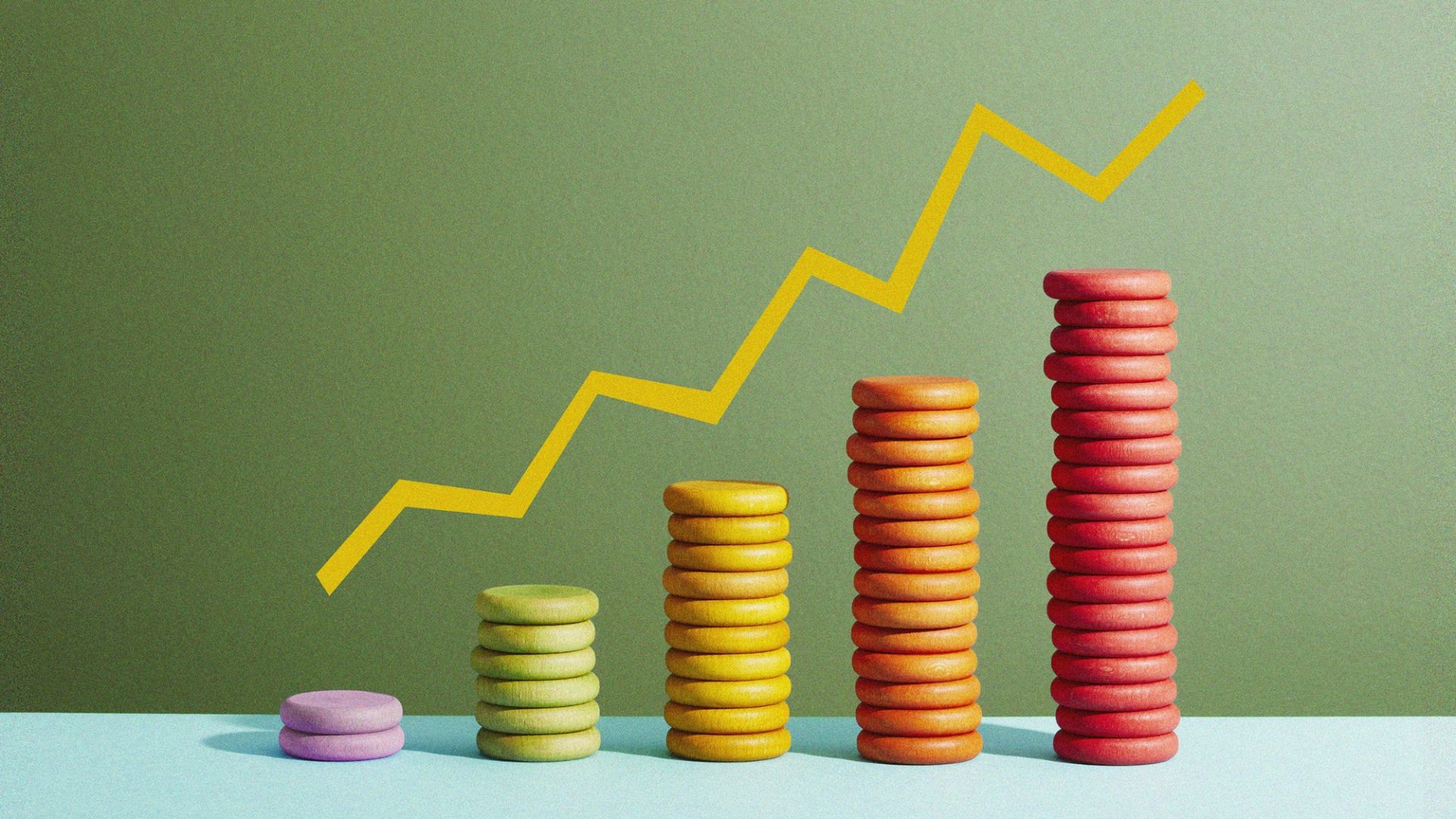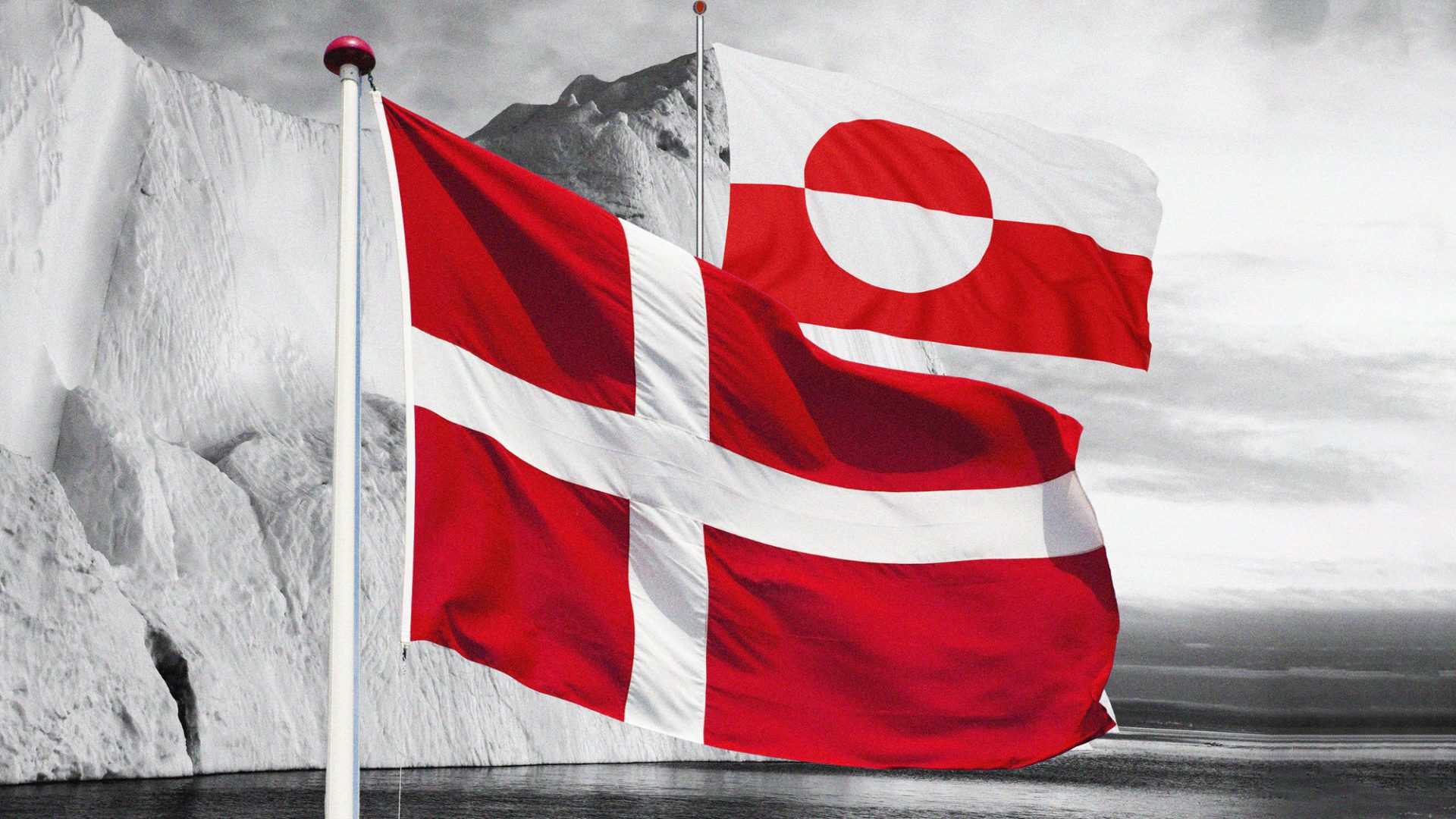I once had a conversation with a statistician about measuring inflation, and it was very interesting. That last bit may sound unlikely, but stick with me.
I asked this expert why ordinary people like you and I almost always seem to think that prices are rising far faster than the official data from the Office for National Statistics’ monthly calculations. It turns out there are two main reasons.
The first, obvious one is that everyone notices when prices go up and complains about it, but hardly anyone notices when prices fall or stay the same – and if they do, they are unlikely to shout about it. The other reason is more interesting, because as statisticians know full well, the measure of inflation is very difficult, and is in fact a very rough average of how prices are behaving. As my expert pointed out, everyone really has their own inflation rate because we all spend our money differently.
Some of us rent our properties, others buy. Some have mortgages and some don’t, and those mortgages have many different interest rates and repayment terms. Some of us are vegetarian or pescatarian or carnivores, some eat out or order takeaways regularly; others cook from scratch every day with the cheapest seasonal ingredients. There are numerous energy providers and deals, some people don’t have cars, some have several gas guzzlers… It goes on and on.
Since everyone spends different amounts on different things, which are changing in price at different rates, we all experience slightly different rates of inflation. The best you can say is that the monthly inflation figures produced by and for governments are an average, of an average, of an average.
But rough as this statistic inevitably is, it is also vitally important. Because inflation is like growth, something that governments obsess about all the time. Donald Trump won re-election, in part, because he persuaded Americans that higher inflation was eroding their spending power and Joe Biden was to blame.
Which is why Inflation: A Guide for Users and Losers by Prof Mark Blyth and Dr Nicolò Fraccaroli is either a very timely book or slightly behind the times. Because it seeks to rebalance the accepted consensus on inflation and argues for a different approach, not least because the challenges the world economy is about to face are very likely to be inflationary, and how that inflation is handled is going to be increasingly important.
In short, since the late 1970s the consensus has been that inflation is always bad, no one wins from it and the only way to deal with it is to increase interest rates, to slow down the economy, increase unemployment and therefore deflate wages and make price rises more difficult to pass on. But as Blyth and Fraccaroli make clear, this consensus is inaccurate and dangerous.
The first problem is that inflation is not a disaster for everyone. For instance, if you have debts it reduces them, and savers benefit from those higher interest rates.
Second, there are many reasons for inflation. For instance, the latest bout was due to the huge rise in energy and other commodity prices caused by the war in Ukraine.
This one-off disaster was not best dealt with by increasing interest rates; indeed, central banks could have just waited for the price rises to pass through the system and disappear while governments used other measures to ameliorate the worst effects of the energy price surge. Many governments did offer subsidies, or release stockpiles, or even hand out money to help companies and individuals cope, which explains why inflation peaked at very different rates in different countries.
But interest rates rose, too. In fact, I well remember the usual suspects of the monetarist right warning that the huge sums thrown at the credit crunch and then at Covid were bound to cause inflation, eventually. It never happened, but when energy prices soared, they claimed it was not higher oil and gas costs that were driving rises, but all that loose money.
They just could not accept that their consensus view of the last 50 years was not true. They had, as these authors make clear, fallen for the old hammer and nail fallacy. To someone who only has a hammer, every problem looks like a nail.
Central banks see interest rates as pretty much their only tool. They think that any and all inflation can only be solved by hammering the economy with higher interest rates. Their confidence in this strategy has been reinforced by a period of low inflation, which followed the policy’s adoption in the late 1970s.
Which brings us to the second fallacy, post hoc rationalisation. Just because low inflation followed on from the adoption of high interest rates as the only policy capable of bringing down inflation does not mean it caused lower inflation.
As the authors argue, convincingly, since the 1970s we have had far fewer external inflationary shocks such as surging energy prices, we have had much weaker trade unions, therefore less pressure on wages, and we have enjoyed increasing levels of globalisation, which has meant ever cheaper ways of making the things that we in the west all love to buy.
Just look at the VW Golf GTi, which has been around since 1979. As the authors explain, it now costs far less in real terms than it did when launched, and yet it now also comes with air bags, air conditioning, Bluetooth, a stereo sound system and many more features. We have been living through a period of sustained low inflation, or even deflation, and none of that is down to higher interest rates.
This means that the other ways of fighting inflation have been thrown on the scrap heap, derided and ignored for decades now, but like tank tops and flares they are relics of the 1970s that may one day come back into fashion.
Price controls, incomes policy, stockpiles and windfall taxation of excess profits all work to bring down prices, sometimes in conjunction with higher interest rates and sometimes on their own. And the kind of inflation that is coming down the road is likely to be fought with more than interest rates alone.
Global warming is likely to mean the destruction of agricultural land, which will make harvests far less predictable and food more costly. Protecting cities and populations from severe weather and rising sea levels will be massively expensive, insurance costs are going to soar, and beggar-my-neighbour policies will become harder to resist.
Covid showed us the limits of long supply chains and globalisation; that period of exporting production to ever cheaper parts of the world is ending, and with it the lower prices it brought, and finally we have the threat of an end to the postwar economic system, which worked to reduce tariffs and barriers to trade.
That last point is why I said that this is “either a very timely book or slightly behind the times”. Because while it mentions the threat of Trump’s economically illiterate tariffs policy and its obvious inflationary consequences for America and the world, this book was written before “liberation day”, when the US declared war on its allies, globalisation and low inflation. You can hardly blame the authors; they do warn that such a policy is one of the dangers lying in wait. It is just that it seems to have pounced far earlier than feared, in between them finishing writing the book and its launch.
Even so, this is a very welcome intellectual oiling of the old, rusty, rigid debate over inflation, its causes, its consequences and its solutions.
The hammer of high interest rates is not the right tool to deal with tariffs, or commodity shortages, or the end of globalisation or climate change. There are other tools in the toolbox, it is just that we have forgotten they are there and how to use them.
But if we don’t give them a go again, if we stick with the consensus, we are going to be trying to fight inflation, and failing, by raising the cost of borrowing, slowing growth and increasing unemployment, permanently.
Inflation: A Guide for Users and Losers by Prof Mark Blyth and Dr Nicolò Fraccaroli is published by WW Norton & Co




